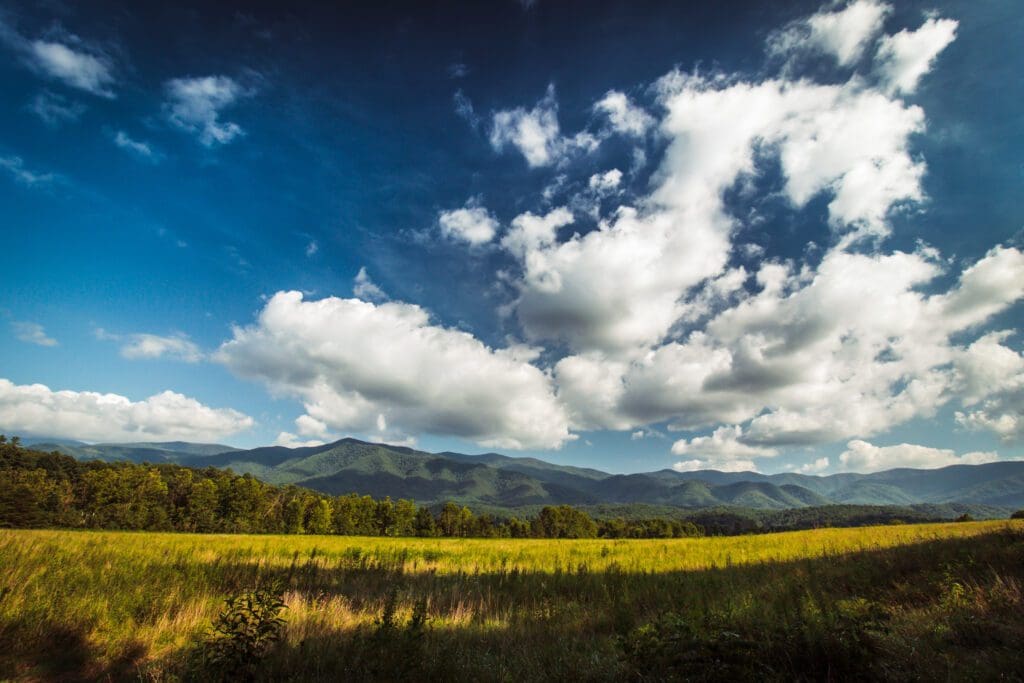|
Getting your Trinity Audio player ready...
|
The National Park Service has shut down the Rich Mountain Road in Cades Cove at Great Smokey Mountains National Park due to a bear that has become habituated to humans and vehicles.
Due to an increase in bear activity in the area while they are searching for food, Great Smokey Mountains National Park has shut down one of its roads.
The Rich Mountain Road in Cades Cove was shut down this weekend by the National Park Service (NPS), seeing that some of its bears had grown comfortable with humans and automobile traffic. This is significant, considering that it’s a time when food sources like berries and acorns are scarce. Consequently, the NPS felt it best to close the road temporarily.
The Cades Cove valley is encircled by mountains and serves as a top attraction in the Great Smokies. It provides excellent chances to observe the area’s wildlife, which include white-tailed deer, black bear, coyotes, groundhogs, turkeys, raccoons and skunks. The black bear population numbers around 1,500 in the park.

Curves of Cades Cove in Great Smokey Mountains National Park
Following an incident where a motorist sustained minor scratches while in the vicinity of a bear, Rich Mountain Road was closed. “This closure is necessary for the safety of both people and bears,” Cassius Cash, the park superintendent, mentioned. “When individuals feed the bears with people food or pet food it can become a hazardous situation for both visitors and the local communities, as well as the bears.”
The NPS warned that bears can become accustomed to receiving food from people and vehicles when they are fed or leftovers are abandoned. This could lead the animals to become aggressive, coming too close to park goers and their vehicles.
Viewing wildlife can be one of the most spectacular experiences when visiting a national park, but the National Park Service is reminding guests to keep their distance from bears. They suggest keeping at least 150 feet away and not intentionally approach, give food or trash to them. This isn’t the first time that Great Smoky Mountains National Park has closed because of bear activity; last year, trails were closed in the fall so black bears could have access to enough food while getting ready for hibernation.
Seeing wildlife in Smoky Mountains National Park can be tough because of the thick woods that cover most of it. Areas like Cataloochee and Cades Cove have more open spaces, making them great areas to spot white-tailed deer, elk, black bear, raccoon, turkeys, woodchucks, and so on. The Roaring Fork Motor Nature Trail’s winding roads encourage visitors to drive slowly, providing an occasional chance to catch a glimpse of bears and other animals. In winter the deciduous trees lose their leaves making spotting wildlife easier.
When searching for wildlife, it’s best to venture out in the morning or evening hours, when many animals are more likely to be active. Be sure to bring binoculars, and consider a quiet spot near a trail where you can sit and observe what comes out of hiding. Don’t forget to look up – many animals spend their days perched on branches.
Please read the important safety information at What Do I Do If I See A Bear?
Popular Articles:
Adventurer’s Guide to Great Smokey Mountains National Park
Filson x Smokey Bear Collection: Celebrating an Icon of Forest Ecology
Patagonia Provisions Envisions A Marketplace for the Food Revolution
Adventurer’s Guide to Yellowstone National Park
Backcountry Skiing in Rocky Mountain National Park: Bear Lake Area
Air-to-Air Photography, Capturing Planes Up Close & Personal










